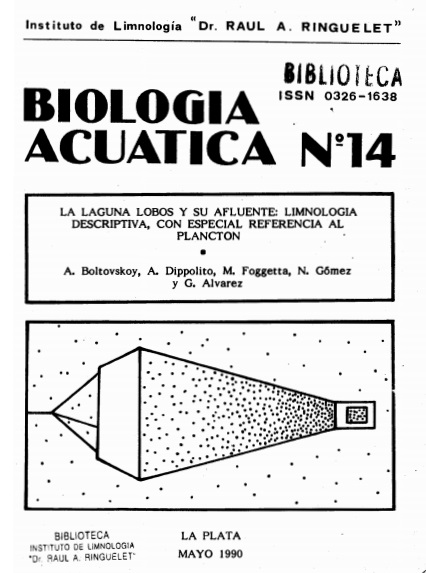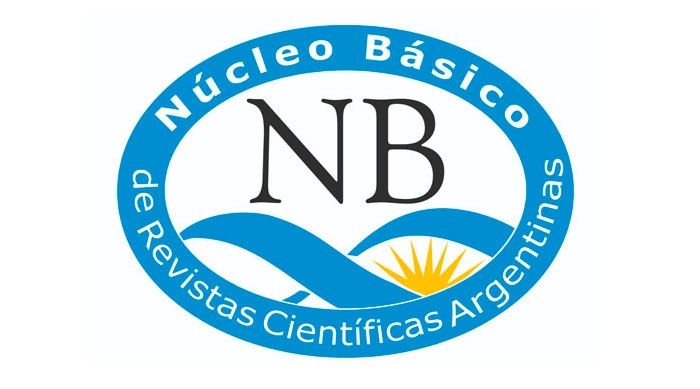La laguna Lobos y su afluente
limnología descriptiva, con especial referencia al plancton
Palabras clave:
limnología, laguna Lobos, planctonResumen
Se describe la variación espacial y temporal de la transparencia, la temperatura, el pH, la conductividad y el plancton en la laguna subtropical oligohalina Lobos (provincia de Buenos Aires, Argentina) y su afluente principal a lo largo de un ciclo anual. Se presentan datos morfométricos, de precipitaciones y una corta revisión de los estudios sobre lagunas pampásicas. Se determina que las sales son aportadas a la laguna por su afluente, que la amplitud de la variación de su concentración salina es mayor que la registrada previamente y que las lluvias son el principal factor de alteración de las condiciones ecológicas de la laguna. Dentro del plancton, incluyendo al ticoplancton, se registran 181 especies, muchas de las cuales son halófilas. Se discriminan las especies que son autóctonas de la laguna de aquellas que pueden tener origen lótico. El fitoplancton se encuentra dominado por las cianofitas en cantidad y por las clorofitas y dlatomeas en variedad, y el zooplancton por la abundancia de copépodos y rotíferos y la variedad de rotíferos y ciliados.






















